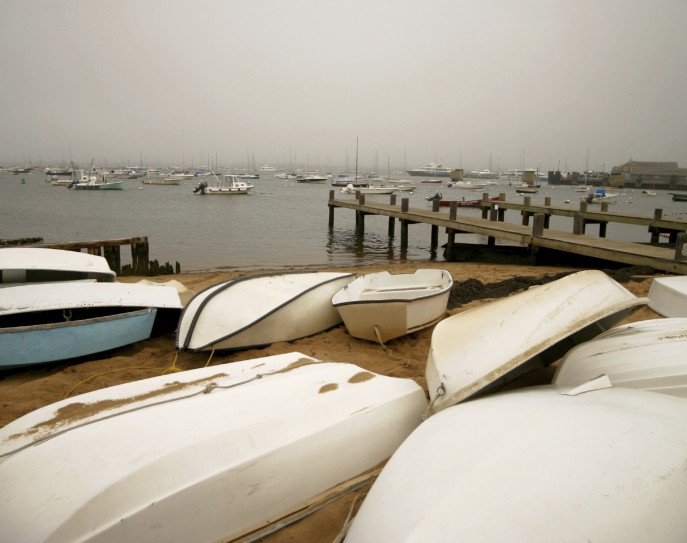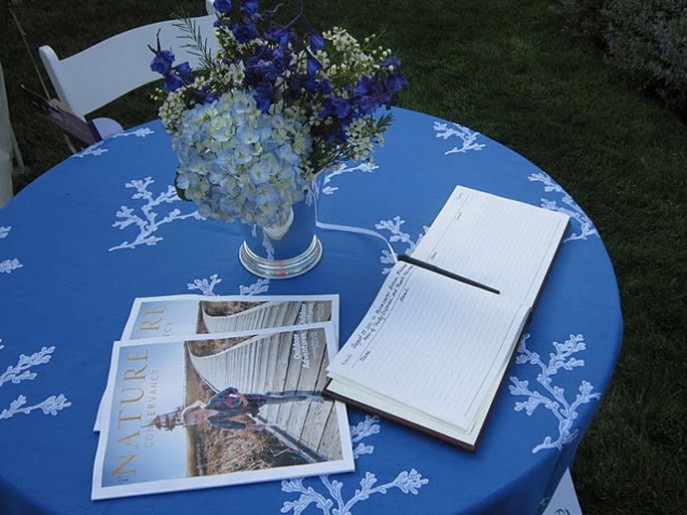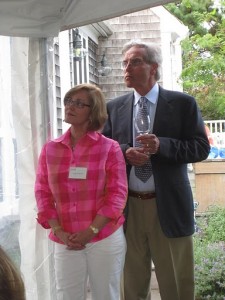Please join me in enjoying articles about Dujardin Design in both Nantucket Today and Nantucket Home and Garden, on newsstands now!
Click on the Home and Garden cover image below to download our article in pdf (1.9mb)
Then join me to help create a “Blueprint for our Coast”: September 29th and 30th
Scientists, city planners, stewards of the environment and government officials will gather on Nantucket on Thursday, September 29th and Friday, September 30th to discuss the impact of how we use our waterways. The goal? To explore new tools available to analyze current and anticipated uses of ocean and coastal areas, to achieve maximum social and economic benefits, and to ensure that the sea remains healthy.
Some of the things that impact our waterways are transportation (seaplanes, boats and ferries), fishing, pleasure boating, wind farms, aquaculture, and more. Bringing all of these concerns together to create a coastal waters management strategy that includes ecosystem protection is one of the most important things we can do to protect the beauty of Nantucket, and allof the New England coast.
This conference is co-hosted by ReMain Nantucket (www.remainnantucket.org) and Egan Maritime Institute (www.eganmaritime.org) in collaboration with the Massachusetts Ocean Partnership (www.massoceanpartnership.org), The Nature Conservancy (www.nature.org), Maria Mitchell Association (www.mmo.org), the Urban Harbors Institute (www.uhi.umb.edu), UMass Boston and the UMass Boston Field Station.
Join me as we discuss how to knit together the shared edges between the blue water, the near shore, and the watershed!














